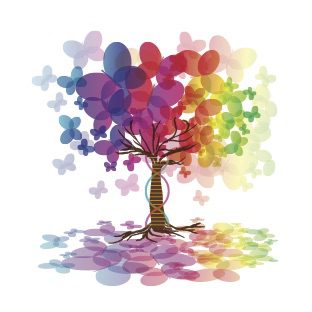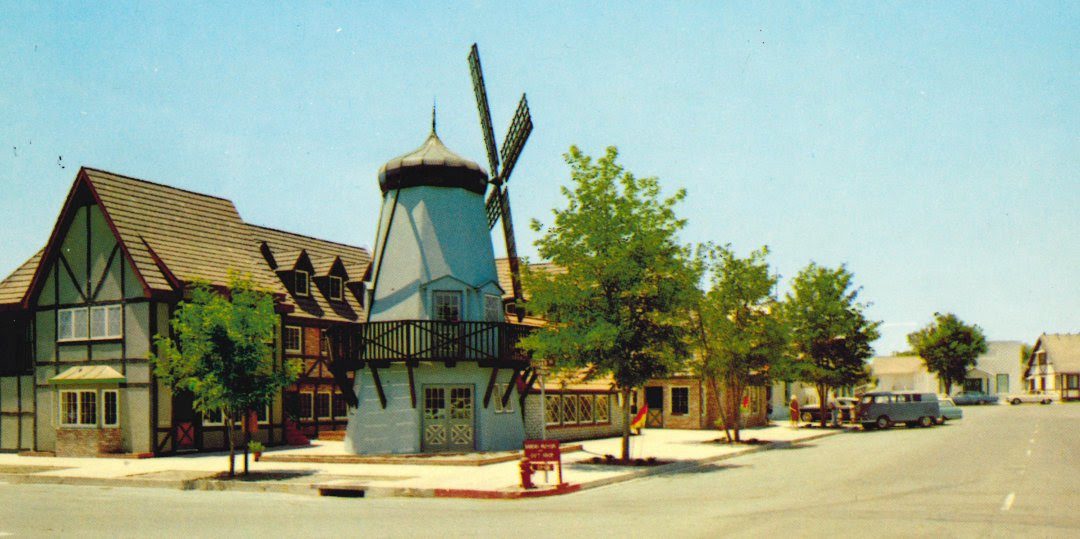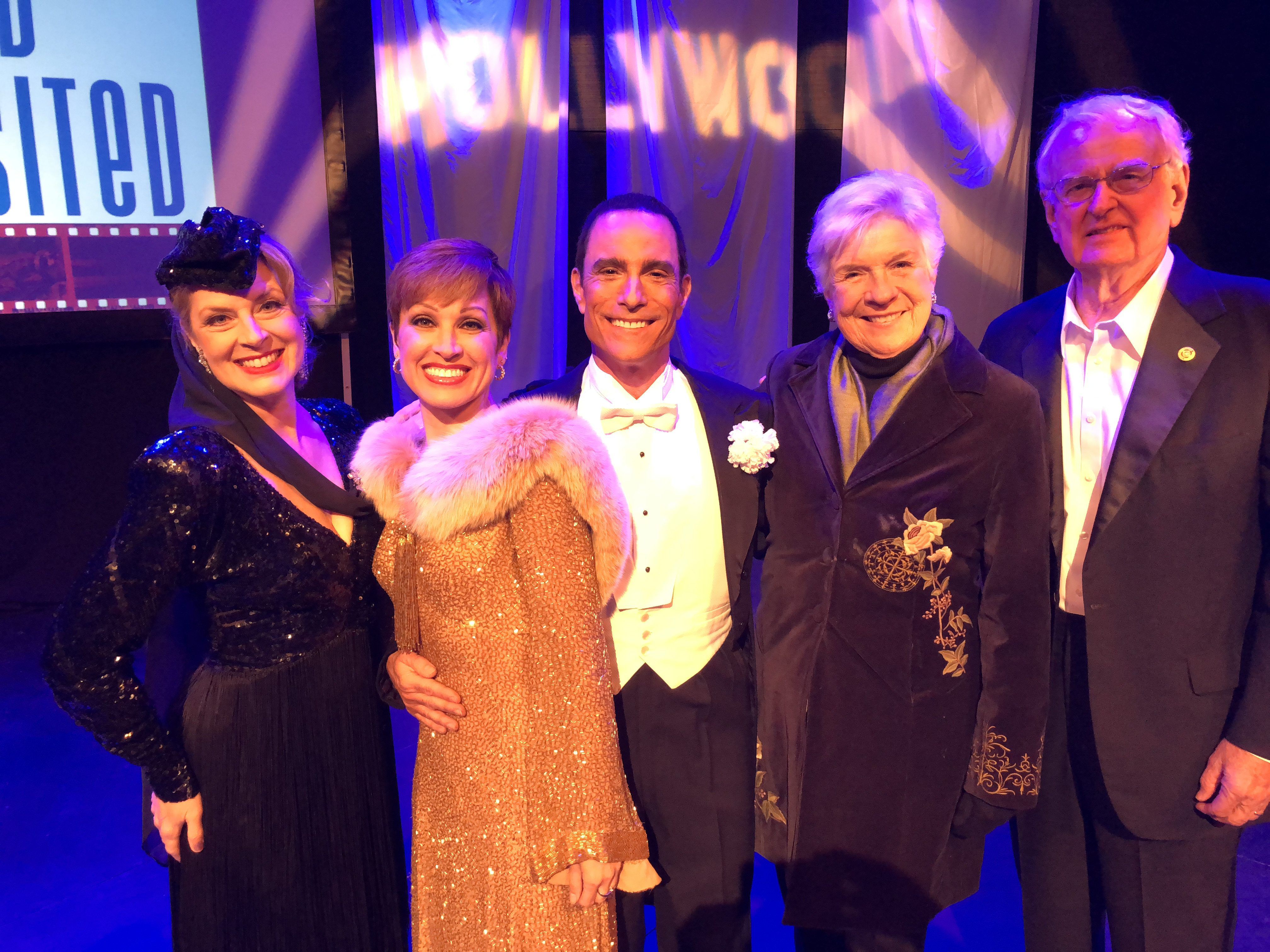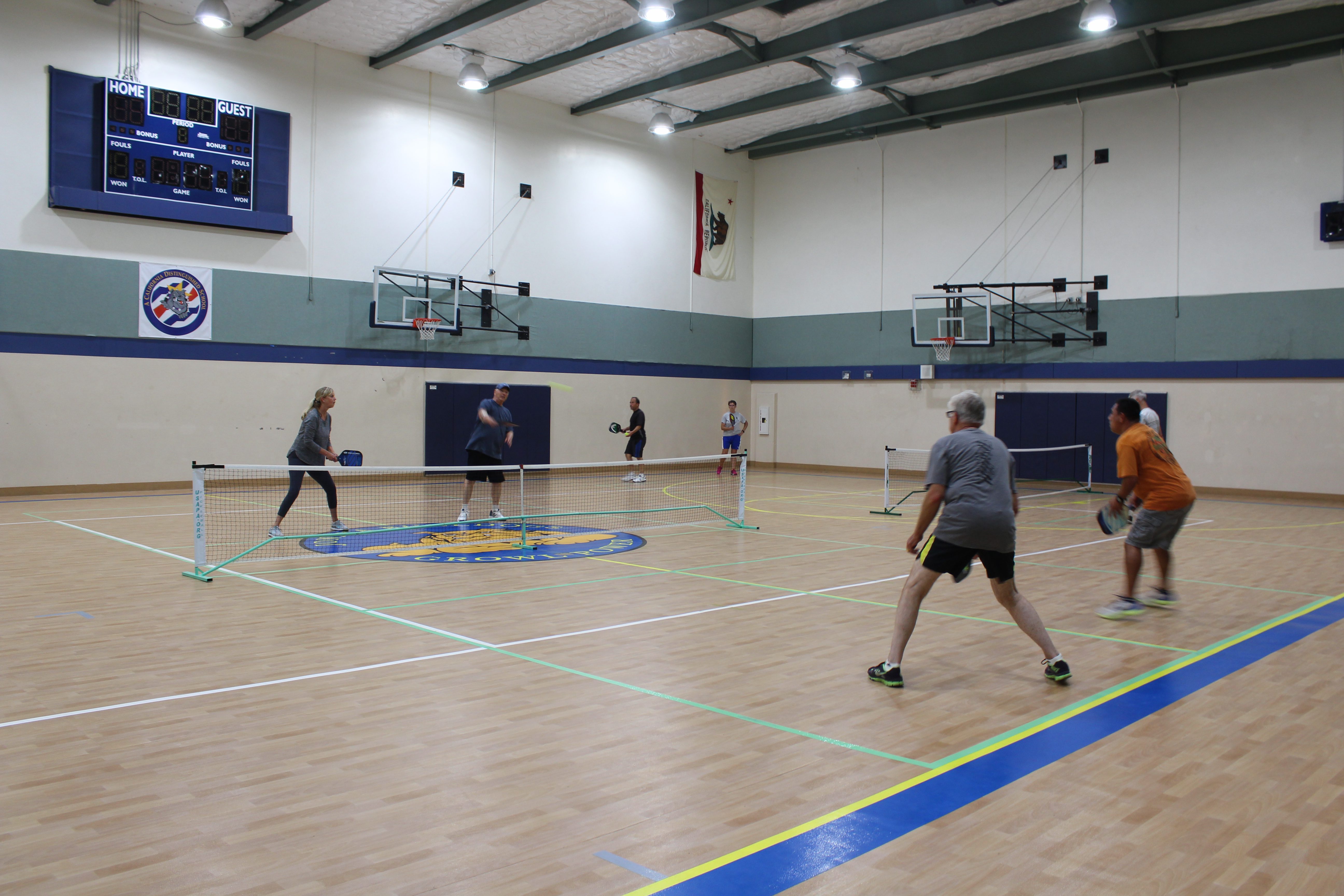By Sheila Benedict
This month’s column will discuss one of the necessary groups of sources: religion records. Immigrants came to this country for hundreds of years from everywhere and brought their religious beliefs with them. Over time, religions may have changed.
For example, my husband’s ancestry is mostly English Quakers and later his direct line became Methodists. That means records in two different faiths. There are people who emigrated because their religious belief did not conform to their home country’s religion. Those people, as you would suspect, were “non-conformists” or “dissenters” and in most cases, they continued their religious beliefs in this and other countries. Religions generate paperwork! Historically, if someone wanted to marry a Catholic, they had to convert first. That is no longer the case. Interfaith marriages are common now.
To be married in a church, however, one party must be a baptized Catholic. The good news is that within the pre-marriage paperwork, the non-Catholic person probably would have brought evidence of their prior religion and other paperwork that for genealogists is important.
Italy’s major religion is Catholic, Ireland is divided Catholic and Church of Ireland (Anglican). However, there are Presbyterians mostly in what is now Northern Ireland due to the Scots-Irish (Ulster-Scots) who brought their religion there from Scotland and later many emigrated to places like South Carolina, Maryland, Pennsylvania, New York and New Jersey, among others. France, like Italy, is Catholic.
However, there were Huguenots, French Protestants, who left France and made their way to England and other places, especially here.
Germany has two main religions: Lutheran and Catholic. Our valley has the Spanish Mission, established in 1804, which is Catholic. When the Danish immigrants came from Denmark, about 1911, they brought their religion which, for the most part, is Lutheran. The late 1800s and early 1900s brought many immigrants from what is now the United Kingdom, the Republic of Ireland, and all parts of Eastern Europe.
The people came with their social and religious beliefs including Christians, Jews, Muslims, Buddhists, Eastern Orthodox, and others. A genealogist always hopes all have some organizational methodology.
It is not hard to understand why America is called a “melting pot.” Finding the records is very important and can be challenging because each religion has their own record keeping and restrictions to access. However, establishing ancestral roots but understanding changes may have occurred should not deflect from the search.
In our valley, there are many Christian churches, a Jewish community, and others. Because of their work gathering millions of records from all over the world, one excellent resource is the Church of Jesus Christ of Latter-Day Saints. Those records are made available, where there are no privacy restrictions, at the main library in Salt Lake City, Utah, and small centers at their churches. In some cases, libraries and genealogy societies act as auxiliary places to view the records and much is available from your home computer.
Next month, the column will discuss various repositories and online resources where some of the church records could be located. Be safe…
- Sheila Benedict is a professional forensic and family genealogist. She is the author of Research in California, which she wrote in 2015 for the National Genealogical Societies Research in the States Series and writes articles in a variety of genealogical society newsletters and magazines.






